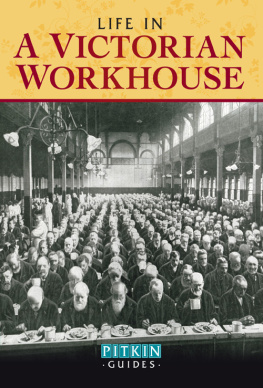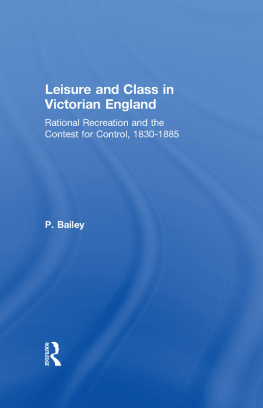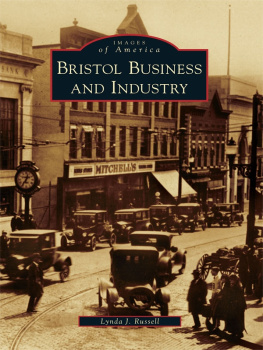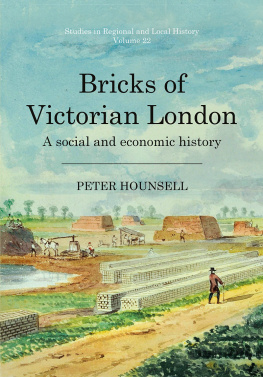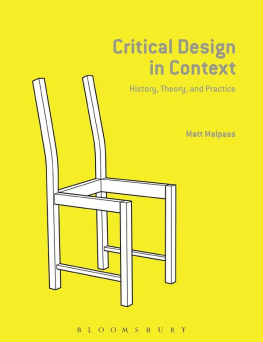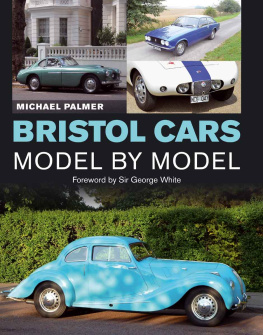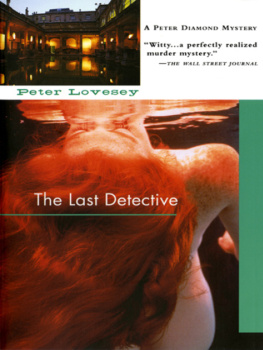ILLUSTRATIONS
Outline map of Bristol
Broad Street, in 1824, painted by Edward Cashin, Braikenridge Collection, Bristol Museum and Art Gallery (BMAG), M2335, Bristol Culture Museums, Galleries and Archives
Avon Gorge and Clifton Suspension Bridge, with a fourmasted barque being towed up the river to Bristol, BMAG, Lant93, Bristol Culture Museums, Galleries and Archives
River Frome and St Johns Bridge, BMAG, M2880, Bristol Culture Museums, Galleries and Archives
Weares Buildings, Bedminster, with adjacent tannery, Bristol Archives (BA) PicBox-2-BSt-73a, Bristol Culture Museums, Galleries and Archives
A twentieth-century photo of an unidentified inner-city court, BA PicBox-2-Bst-73b, Bristol Culture Museums, Galleries and Archives
Old cottages, East Street, Bedminster in the early 1890s with the first stage of the Wills factory to the left, BA, PicBox-2-Bst-74, Bristol Culture Museums, Galleries and Archives
Part of the tithe map for St Philip and St Jacob, 1847, showing the area that became Newtown, BA, EP/A/32/10, Bristol Culture Museums, Galleries and Archives
Standard plan of working-class houses, 1851, BA, Building Plans vol. 1, f. 4, Bristol Culture Museums, Galleries and Archives
Pre-1847 houses in Harleston Street, off Stapleton Road, close to Newtown, Bristol Regional Buildings Record (BRBR), Archives and Research Collections, University of Bath Library, 3159
Gas Lane Kingsland Road junction, Samuel Loxton, 1911, Bristol Reference Library (BRL)
Landownership in Bedminster in 1843, BA, EP/A/32/7, Bristol Culture Museums, Galleries and Archives
Landownership in Clifton in 1844, BA, EP/A/32/12, Bristol Culture Museums, Galleries and Archives
Fern Villa and Auckland House, Clifton Down, now home of the Society of Merchant Venturers, picture in the public domain downloaded from the internet
Vyvyan Terrace, BRBR, Archives and Research Collections, University of Bath Library, 757
The heart of Redland, from the Westbury on Trym and Stoke Bishop tithe map, 1841, with some modern road names added, BA, EP/A/32/41, Bristol Culture Museums, Galleries and Archives
Hampton Terrace, Hampton Park, 1840s, photograph P. Malpass
A pair of semi-detached houses on Hampton Park, 1862, photograph P. Malpass
Nettle Lane area of Woolcott Park, 1877, BA, M/BCC/SAN/2/4, Bristol Culture Museums, Galleries and Archives
A pair of houses in Elgin Park, Redland, built by Richard Cosslett in the late 1860s, photograph P. Malpass
Typical Redland house plan, 1871, BA, Building Plans vol. 9, f. 59, Bristol Culture Museums, Galleries and Archives
Bush Warehouse, Narrow Quay, BRBR, Archives and Research Collections, University of Bath Library, 4605
Offices of the Bristol Tines and Mirror in Small Street, before 1867, BRL, L93.11, 2415
West of England and South Wales Bank, Corn Street, 1854, BRL, L33.02
Corn Street, before 1878, featuring St Werburghs Church, BRL
Frys factory on the corner of Union Street and Nelson Street, BMAG, TC3140 Bristol Culture Museums, Galleries and Archives
E. S. and A. Robinsons premises on the corner of Redcliff Street and Victoria Street, BMAG, Pd1520, Bristol Culture Museums, Galleries and Archives
W. D. and H. O. Willss original building, Redcliff Street, BRL
Willss rebuilt Redcliff Street factory, BMAG, PD9959, Bristol Culture Museums, Galleries and Archives
Wait and Jamess granary, Welsh Back, 1869, BMAG, PBAN9376, Bristol Culture Museums, Galleries and Archives
Industrial Redcliff, with Thomas Proctors artificial fertiliser works, BMAG, P10199, Bristol Culture Museums, Galleries and Archives
W. D. and H. O. Willss No. 1 factory, East Street, Bedminster, BA, 42375/5, Bristol Culture Museums, Galleries and Archives
Plan showing the land purchased by the GWR from Bristol Town Council in 1836, BA, 000975 Estate title deeds 256, Bristol Culture Museums, Galleries and Archives
The GWR Temple Meads Terminus from the south-east, 1846, BRL
The interior of the Temple Meads depot, 1846, BRL
The Joint Station at Temple Meads, BRL
Congestion at Welsh Back in the 1870s, BMAG, PBA2304, Bristol Culture Museums, Galleries and Archives
Cumberland Basin locks before 1850, viewed from Rownham Woods, BRL
St Augustines Reach, 1868, BMAG J4787, Bristol Culture Museums, Galleries and Archives
Routes to Clifton
, BRL
Steep Street, BRL
The improved Baldwin Street, looking towards the drawbridge, BRL
Covering the Frome, BA, 42562/Ph/1/1/260, Bristol Culture Museums, Galleries and Archives
Temporary Exhibition Hall constructed over the River Frome, BRL
The Tramway Centre, early 1900s, BA, PicBox-2-Bst-88b, Bristol Culture Museums, Galleries and Archives
The author and publisher are grateful to all the institutions and individuals listed for permission to reproduce the materials in which they hold copyright. Every effort has been made to trace the copyright holders; apologies are offered for any omission, and the publisher will be pleased to add any necessary acknowledgement in subsequent editions.



